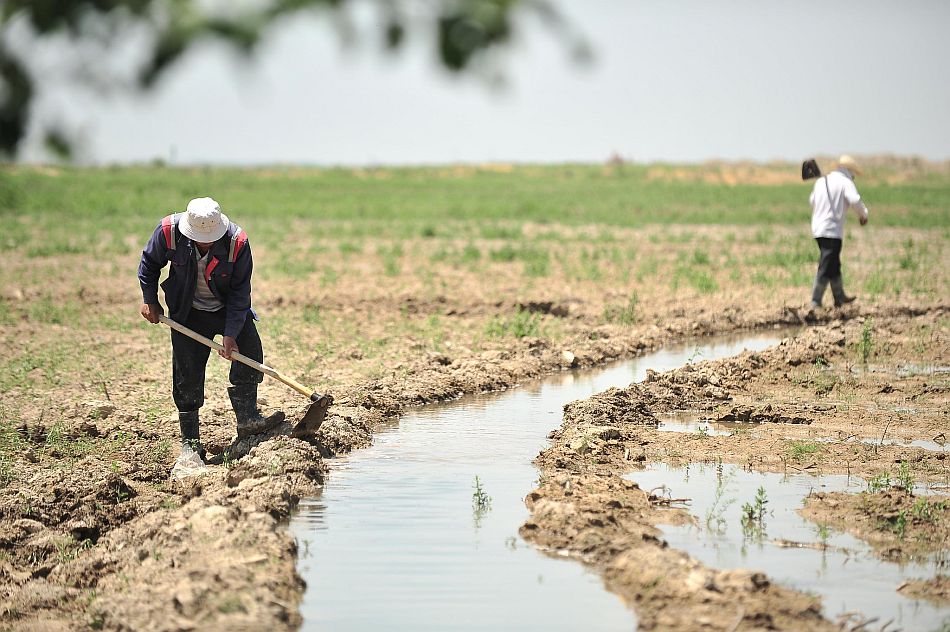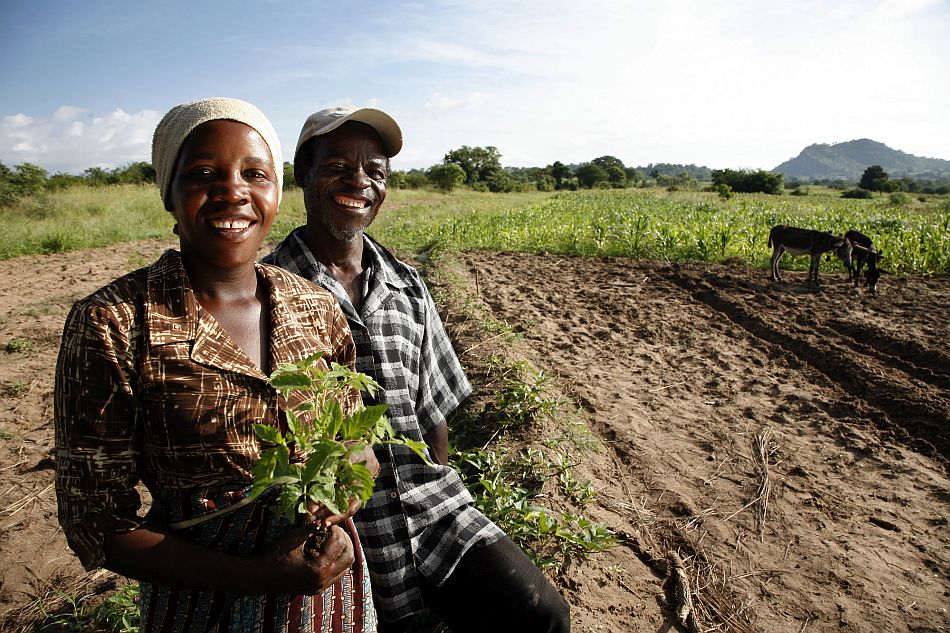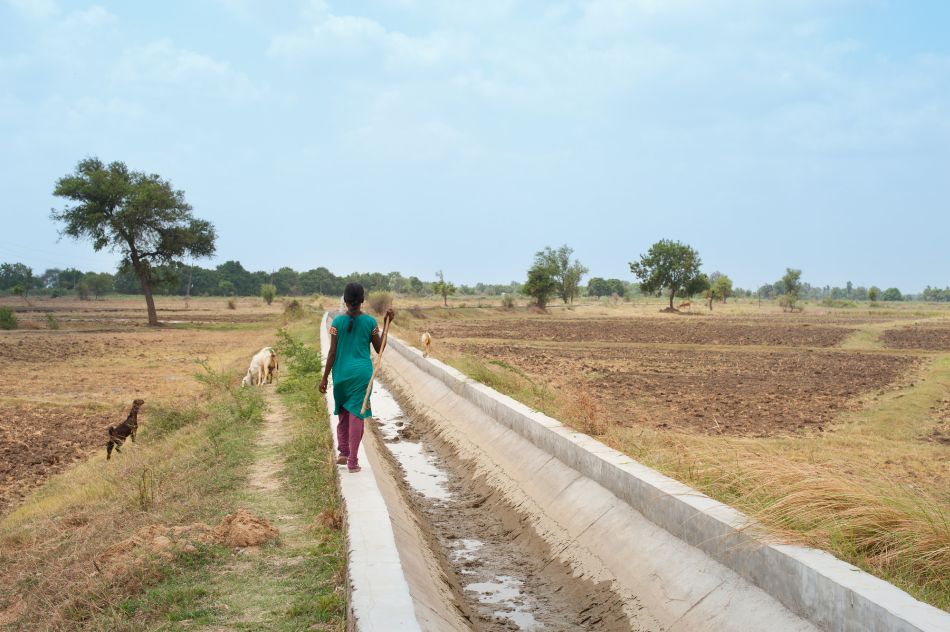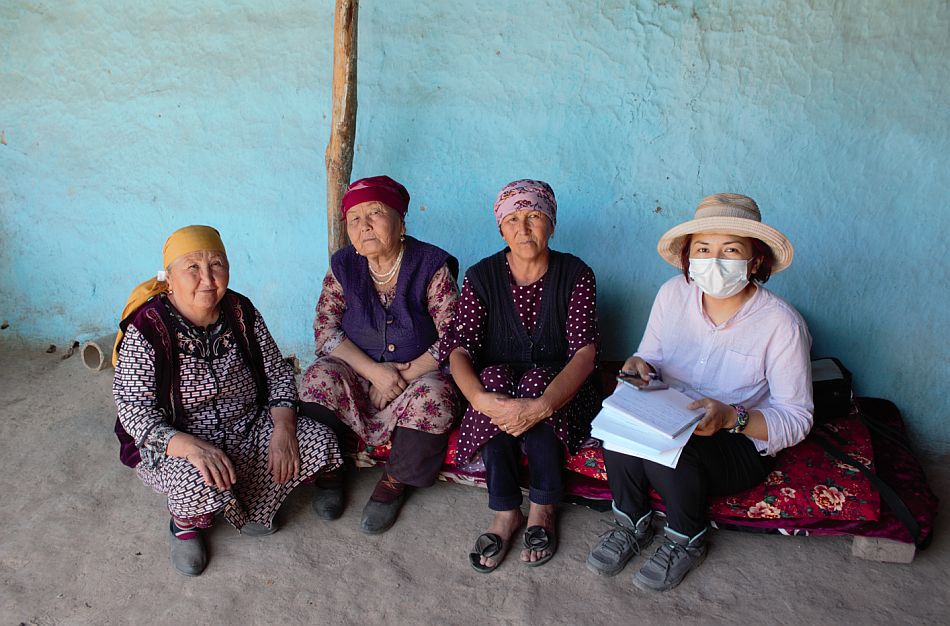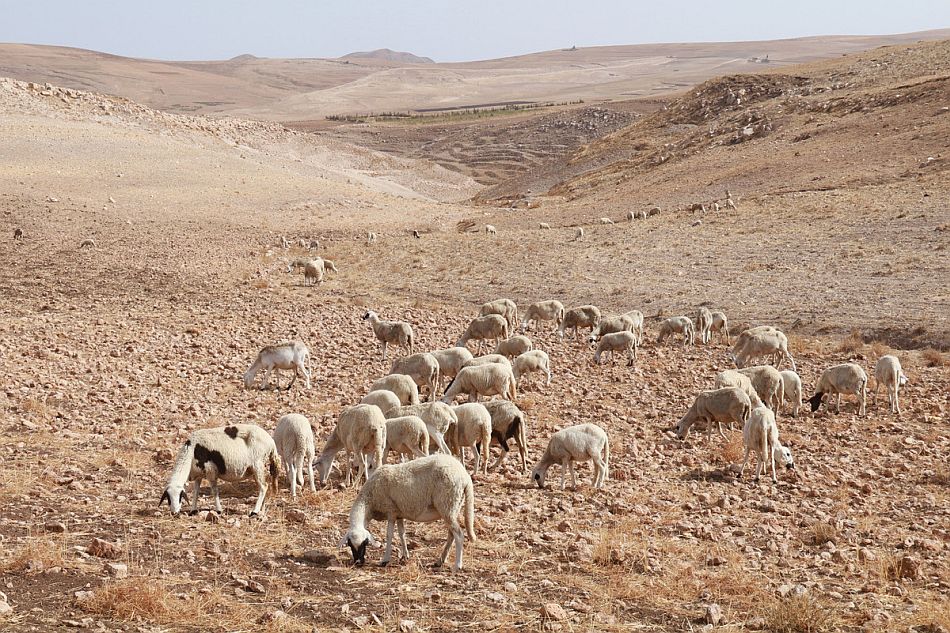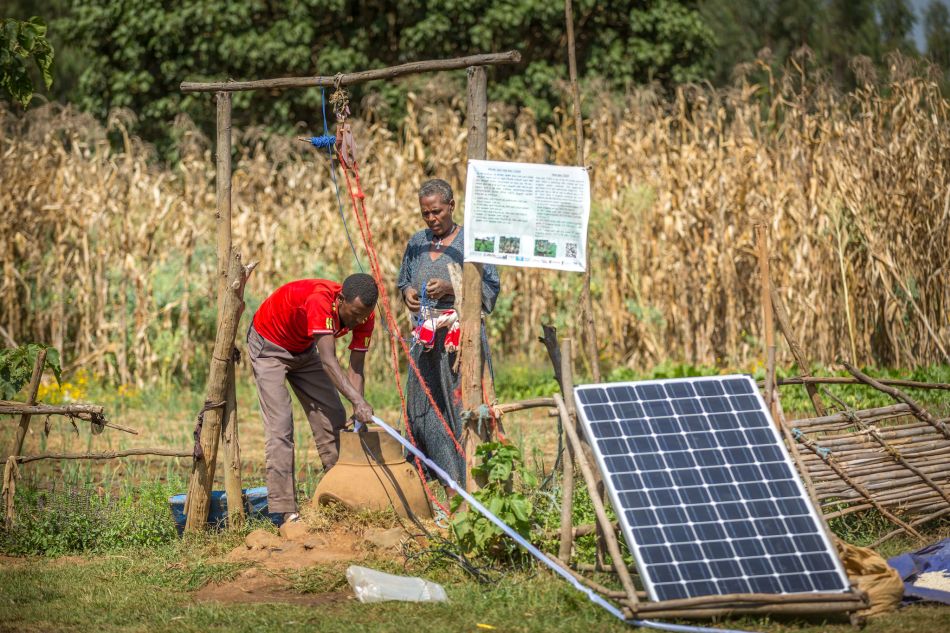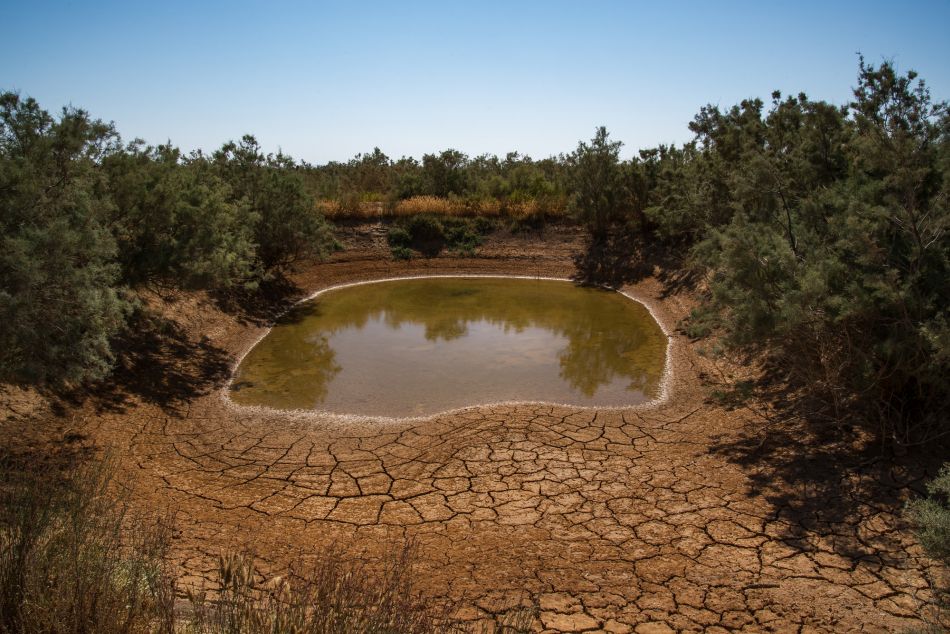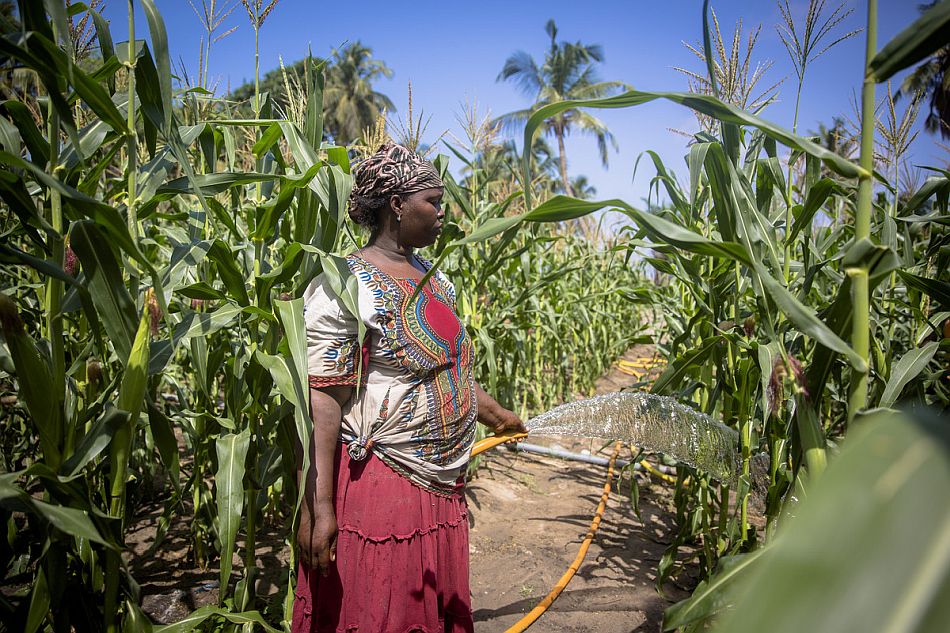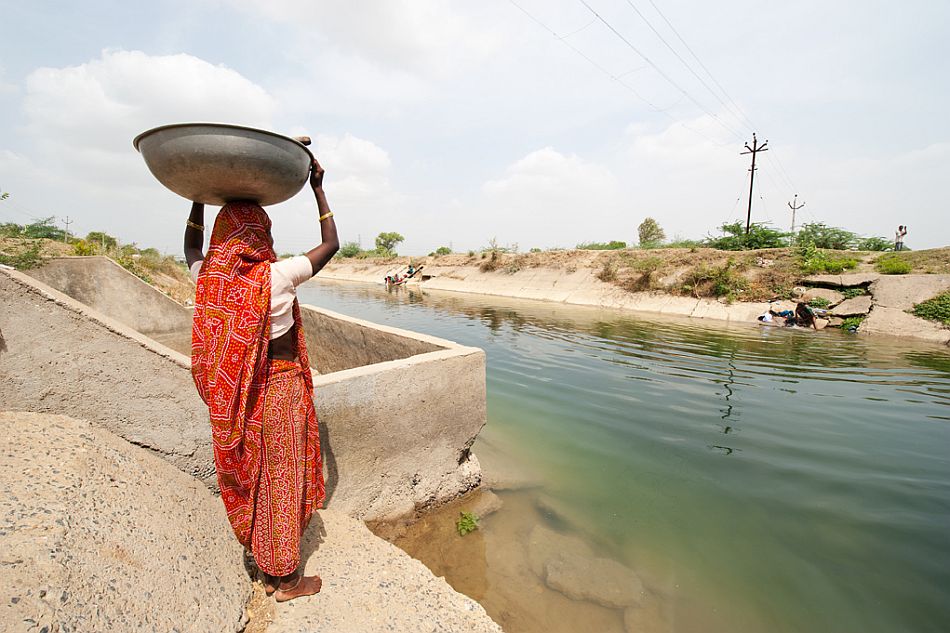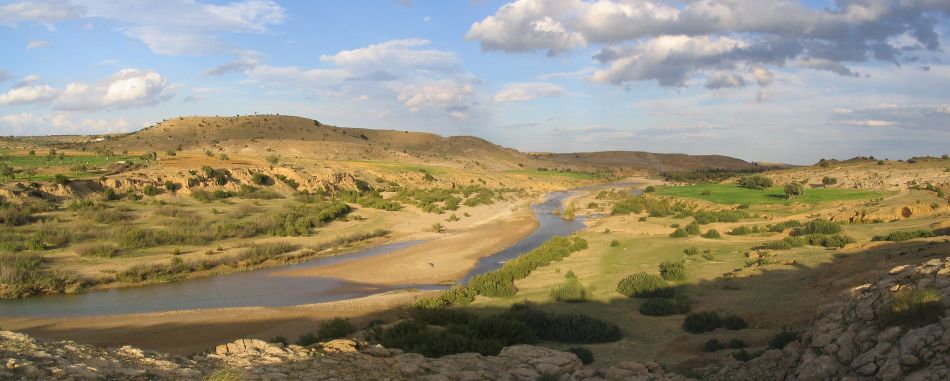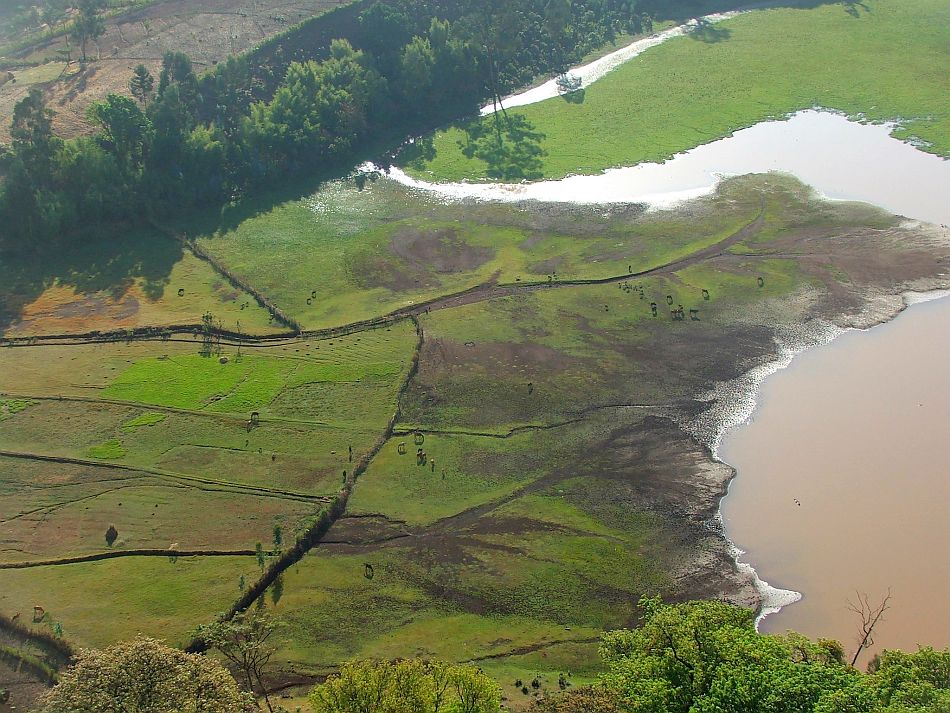By Patrick Yirenkyi Amoah, Charity Osei-Amponsah, William Quarmine and Sandra Hyde

Climate change is negatively impacting people’s lives and livelihoods. Addressing this challenge requires context-specific and inclusive action. There is potential for policy makers to leverage youth migration as a way of adapting to and building resilience against climate change in agrarian rural communities. However, youth migration is often perceived from its negative impacts on origin and host communities. For instance, policy narratives on out-migration in Ghana have predominantly focused on its contribution to increasing urbanization and pressures on resources and are normally aimed at deterring youth migration from rural north to urban south.
In northern Ghana, a high climate vulnerability hotspot, youth migration (both rural-urban and rural-rural), is a popular phenomenon, with nearly one in five Ghanaian youth born in the north residing in the south. However, its implications for climate action have not been fully explored. Drawing insights from a research study conducted under International Water Management Institute’s project on Resilience Against Climate Change – Social Transformation Research in the Upper West Region of Ghana, this blog delves into the role of youth migrants in fostering societal transformation, and inclusive climate resilience. It reflects on positive and negative outcomes, highlighting that youth migration could also offer opportunities for positive social and environmental impacts.
The positives: Remittances, sustainable agricultural investments and technology transfer
The results of the project’s study indicates that, over the last ten years, there have been significant increase of remittances and investments in agricultural livelihoods. 72.7% of household respondents now receive remittances from young migrant household members. For instance half of the youth migrants who remit, invest at least between GH₵ 100 – GH₵ 1000 in agricultural activities for their origin households on average. These funds are often used for investments in drought-resistant crops and modern farming techniques, which are crucial for building resilience against the unpredictable climate patterns that threaten food security in the region. In addition to financial remittances, many youth migrants set out with the goal of enhancing their agricultural skills, acquiring technologies, innovations, and other assets that will be beneficial to their origin households or themselves upon their return. These migrants therefore acquire and transfer new farming methods learnt in the host communities, such as efficient maize planting practices and water conservation techniques. Additionally, they introduce socio-cultural values that, while new to their origin communities, are crucial for addressing climate change challenges. By acquiring advanced knowledge and experience, these migrants aim to significantly improve agricultural productivity and sustainability in the origin communities.

Reducing pressure on natural resources
The evidence shows that youth in Northern Ghana often embark on off-farming season employment opportunities during the dry season. Through this, youth migration plays a crucial role in alleviating the pressure on natural local resources. As fewer people rely on land for their livelihoods, the strain on water sources, forests, and soil is significantly reduced. This decrease in exploitation pressure allows the environment to effectively recover and sustain resources. Moreover, with a reduced population, communities can implement more sustainable land management practices, further enhancing their resilience.
The negatives: Challenges of labor force reduction
The complexity of youth migration in farming communities is such that, while it creates reduced pressure on farm resources, it significantly reduces labor availability for agricultural livelihoods, leading to a decline in agricultural productivity and economic growth in the origin communities. In areas already vulnerable to climate change, labor shortages hamper the implementation of crucial adaptation measures, such as building irrigation systems and adopting sustainable farming techniques, contributing to food insecurity. An older male farmer complained that “with my sons gone to the city, it’s just me and my wife struggling to keep the farm going, we can’t manage the new ways of farming techniques without their help.” This increased workload for the ‘left behind’ elderly, sick, and physically challenged household members exacerbates vulnerability to climate-related shocks, including water scarcity and floods.
The value proposition
The dynamics of youth migration in northern Ghana offer a dual perspective for enhancing climate resilience. On the one hand, youth migration brings increased remittances and transfers valuable agricultural knowledge, which is crucial for adapting to climate change. Conversely, the other side reveals challenges such as reduced agricultural labor, negatively impacting food security, and exacerbating vulnerability to climate-related shocks. Addressing these dynamics requires a system thinking approach that maximizes the benefits of remittances, reduces pressure on resources, and transfers knowledge while mitigating labor shortages. Policymakers can achieve this by implementing targeted training programs, incentivizing climate-resilient investments, introducing labor-saving technologies, and enhancing support systems for vulnerable groups to foster greater climate resilience in both the origin and host communities.




